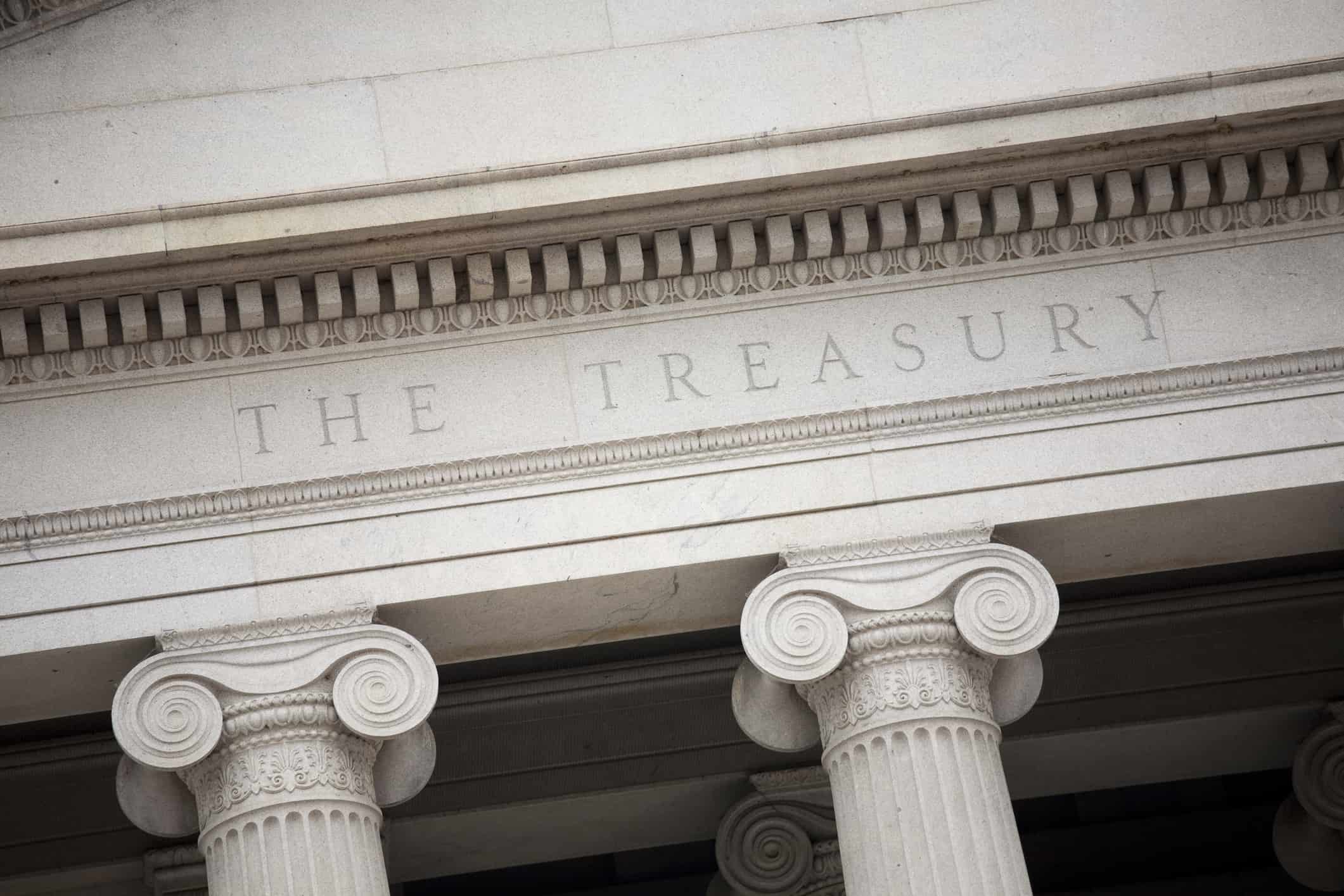The Federal Funds Rate is the interest rate that banks charge each other to lend Federal Reserve balances overnight (The Federal Reserve is the central bank of the United States). The Federal Open Market Committee meets several times a year to oversee progress and if changes need to be made.
The Federal funds rate is the interest rate that financial institutions charge each other to lend Federal Reserve Funds on an overnight basis. There is a Federal Reserve requirement, meaning that there needs to be a minimum balance. If someone has more than the minimum, they will lend the excess balance to another financial institution who doesn’t meet the requirement to help them. The Federal Reserve requirement is very important because it ensures that every dollar they get isn’t spent.
How does the Federal Funds Rate work?
The Federal Funds Rate directly influences the interest rates on many products that keeps the US Economy growing. Auto loans, adjustable rate mortgages, business loans, and credit cards are all products whose interest rates depend on the Federal Funds Rate. If the Federal Open Market Committee (FOMC) decides to raise the Federal Funds Rate, rates will be on the rise. The FOMC is the monetary policy-making body of the Federal Reserve System and makes rate adjustments according to key economic indicators. The Federal Reserve System is able to adjust the money supply such that interest rates move toward the target rate set by the FOMC. When rates go up, things generally cost more because more money will be going to interest. Fixed interest rates mortgages are exempt from these changes since the interest rate is fixed and locked in. The FOMC sets a target rate which gives a target range with the actual interest rate being determined between the two banks and enforced by open market operations. Overall, the weighted average of interest rates across all transactions is known as the effective federal funds rate.
Depository institutions are required to maintain non-bearing accounts at Federal Reserve banks to make sure they have enough money to cover withdrawals and the amount of money a bank must keep in its account is known as the reserve requirement. The end-of-the-day balances in the bank’s account determine if the institution meets its reserve requirements. The fed funds rate or federal funds rate is the interest rate that the bank can charge. Additionally, the Federal Reserve also sets a discount rate that is higher than the fed funds rate. This rate is the interest rate the Fed will charge banks that borrow from it directly.
What Does it Mean When Rates Go Up?
When interest rates go up, that means items purchased on borrowed money will generally cost more money. This isn’t good news since we all work hard for our money and we would like to keep as much of it as we can, but rising interest rates aren’t necessarily bad. When rates go up, this means that we are in a time of economic growth. Raising the interest rates is a way to prevent inflation from happening since it makes things more expensive to buy. By raising rates and making things a little bit pricier, it prevents more people to purchase and keeps the prices from skyrocketing.
What Does it Mean When Rates Are Low?
When rates are low, it means that we need to stimulate the economy and have economic growth. The best example of this is to think of a sale at a store. The store will eventually have to put something on sale if it isn’t selling. If we are in an economic slump and things are too expensive, people will not spend money and contribute to economic growth.
Why is the Federal Funds Rate important?
The federal funds rate is important to the U.S. economy since it affects financial conditions that contribute to employment, growth and inflation. This rate can influence short-term interest rates on everything from credit cards to home loans to car loans. What the banks charge borrowers with the highest credit scores, known as the prime rate, is also influenced by the fed funds rate. In addition, the stock market can move up or down depending on changes to the target rate. In the past, the Federal Funds Rate has reached as high as 22.36% in 1981 or as low as almost zero after the after the financial crisis in 2008.



